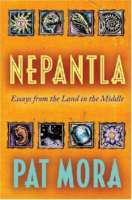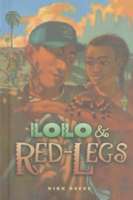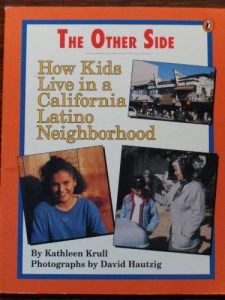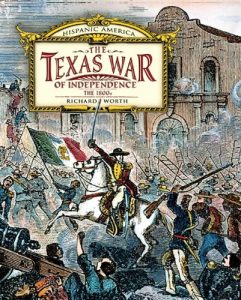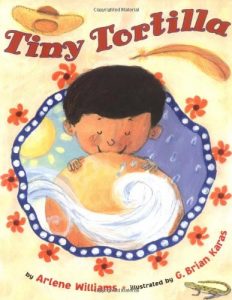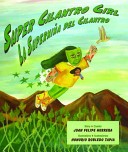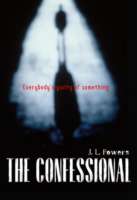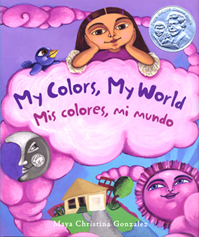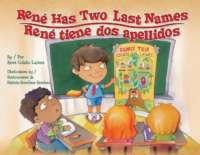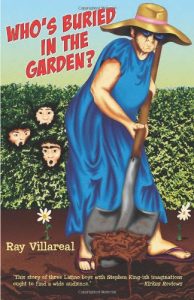 Seventh-grader Joshua knows his best friend Artie Mendoza is a liar. They have been friends since kindergarten, and Artie has told far-fetched stories for years. So when Artie tells Josh that there’s a body buried in Mrs. Foley’s garden, Josh doesn’t believe him at first. But when Josh walks by the Foleys’ house, he sees the mound of earth, about seven feet long and covered with flowers, and has to admit it does look like a grave. Artie insists that Mrs. Foley killed her husband and buried him in the back yard. The Foleys used to fight so loudly that kids walking in the alley behind their house could hear the arguments. Lately, there hasn’t been any sign of Mr. Foley. Still, Josh has his doubts. But Wolf Man, Artie’s other best friend, naively believes everything his friend tells him and encourages Artie’s plan to dig up the body. Josh doesn’t care much for Wolf Man, and if he’s honest with himself, he knows he’s jealous of the friendship between Wolf Man and Artie. Unlike Josh, they watch wrestling on TV, don’t care much about school, and on top of that, speak Spanish fluently, which makes Josh feel left out. While Josh struggles to avoid getting caught up in Artie’s scheme to get famous by digging up the supposed body in Mrs. Foley’s backyard he also tries to cultivate his budding friendship with Lorena, the prettiest girl in the seventh grade, who challenges Josh to see both Artie and Wolf Man in a different light. With other problems sprouting up all around him, Josh can’t help but wonder if there’s really a shovel-wielding criminal living in the neighborhood. Instead of digging up the garden, or grave, shouldn’t they call the police? Young adult author and educator Ray Villareal has written another fast-paced, exciting novel for middle-school students that explores the impact of making poor decisions and the importance of choosing the right friends.
Seventh-grader Joshua knows his best friend Artie Mendoza is a liar. They have been friends since kindergarten, and Artie has told far-fetched stories for years. So when Artie tells Josh that there’s a body buried in Mrs. Foley’s garden, Josh doesn’t believe him at first. But when Josh walks by the Foleys’ house, he sees the mound of earth, about seven feet long and covered with flowers, and has to admit it does look like a grave. Artie insists that Mrs. Foley killed her husband and buried him in the back yard. The Foleys used to fight so loudly that kids walking in the alley behind their house could hear the arguments. Lately, there hasn’t been any sign of Mr. Foley. Still, Josh has his doubts. But Wolf Man, Artie’s other best friend, naively believes everything his friend tells him and encourages Artie’s plan to dig up the body. Josh doesn’t care much for Wolf Man, and if he’s honest with himself, he knows he’s jealous of the friendship between Wolf Man and Artie. Unlike Josh, they watch wrestling on TV, don’t care much about school, and on top of that, speak Spanish fluently, which makes Josh feel left out. While Josh struggles to avoid getting caught up in Artie’s scheme to get famous by digging up the supposed body in Mrs. Foley’s backyard he also tries to cultivate his budding friendship with Lorena, the prettiest girl in the seventh grade, who challenges Josh to see both Artie and Wolf Man in a different light. With other problems sprouting up all around him, Josh can’t help but wonder if there’s really a shovel-wielding criminal living in the neighborhood. Instead of digging up the garden, or grave, shouldn’t they call the police? Young adult author and educator Ray Villareal has written another fast-paced, exciting novel for middle-school students that explores the impact of making poor decisions and the importance of choosing the right friends.
